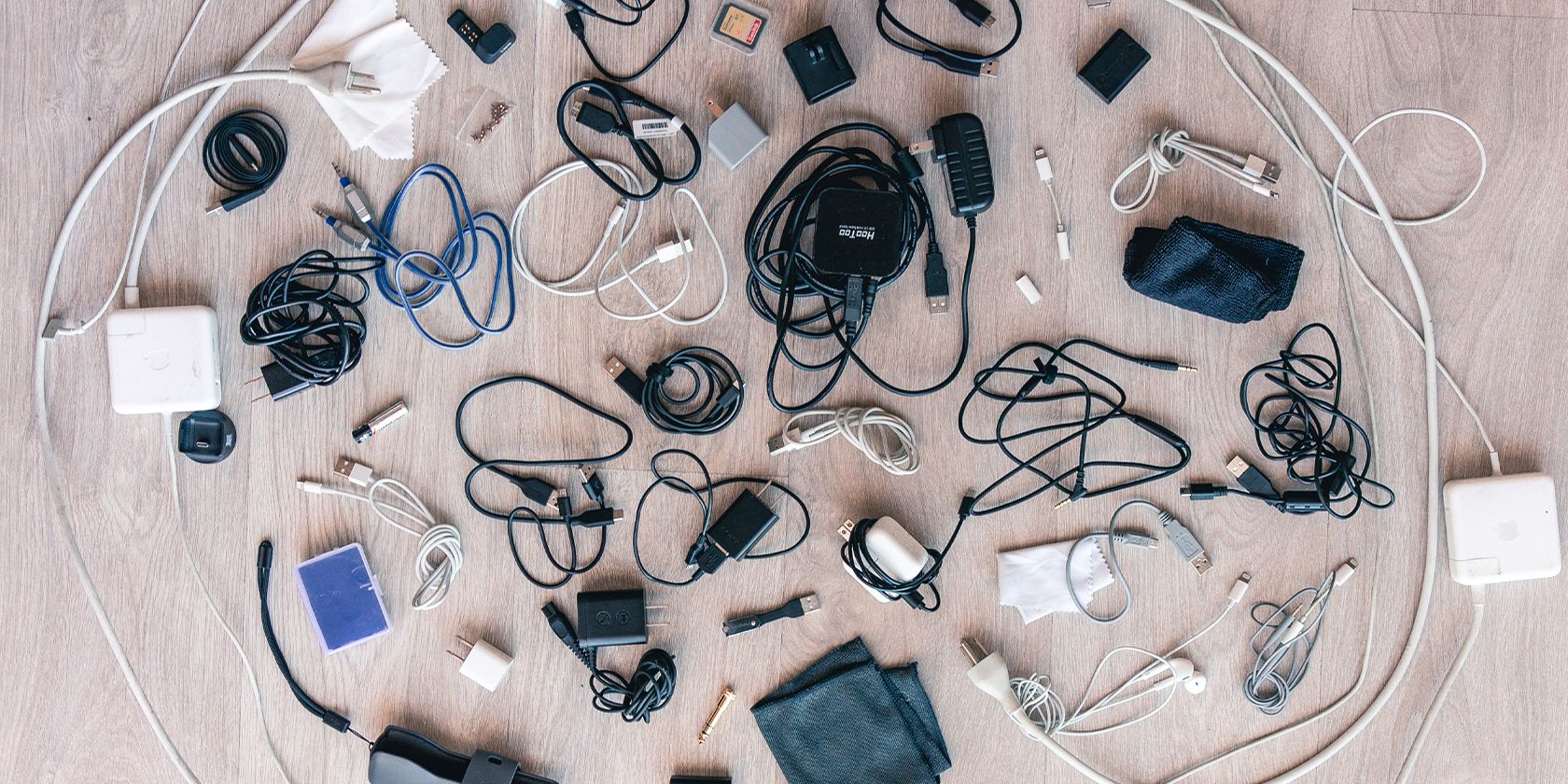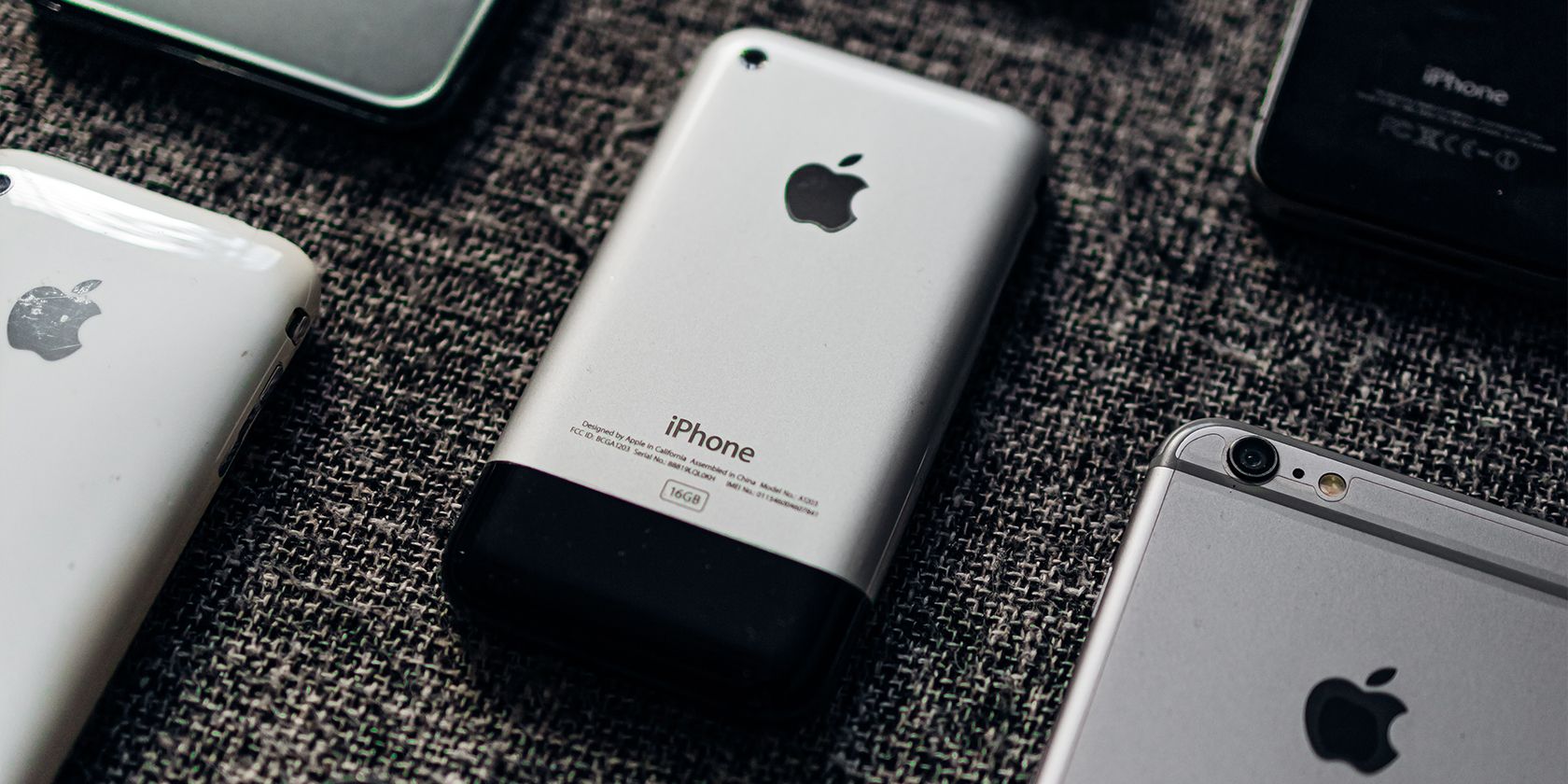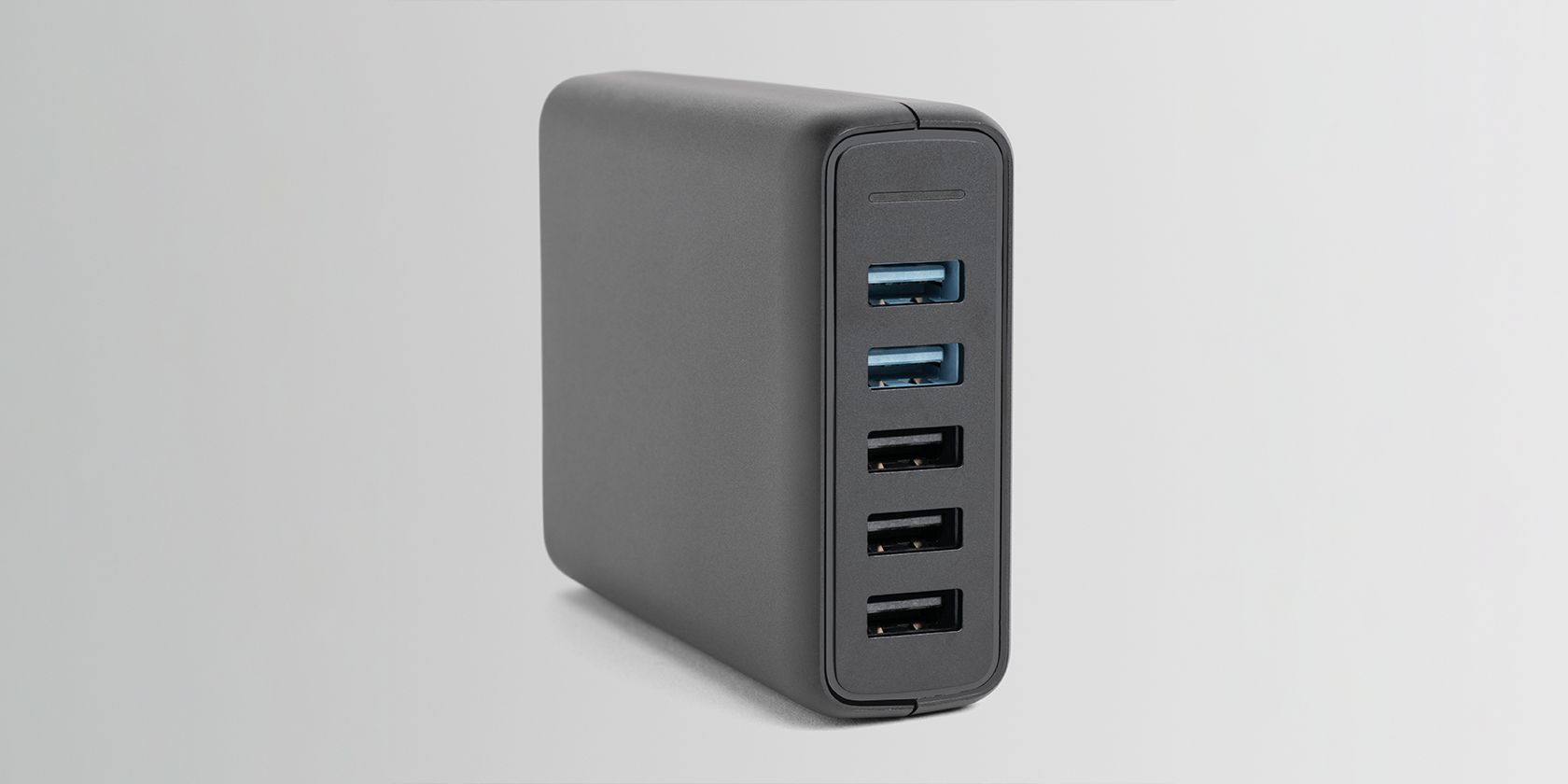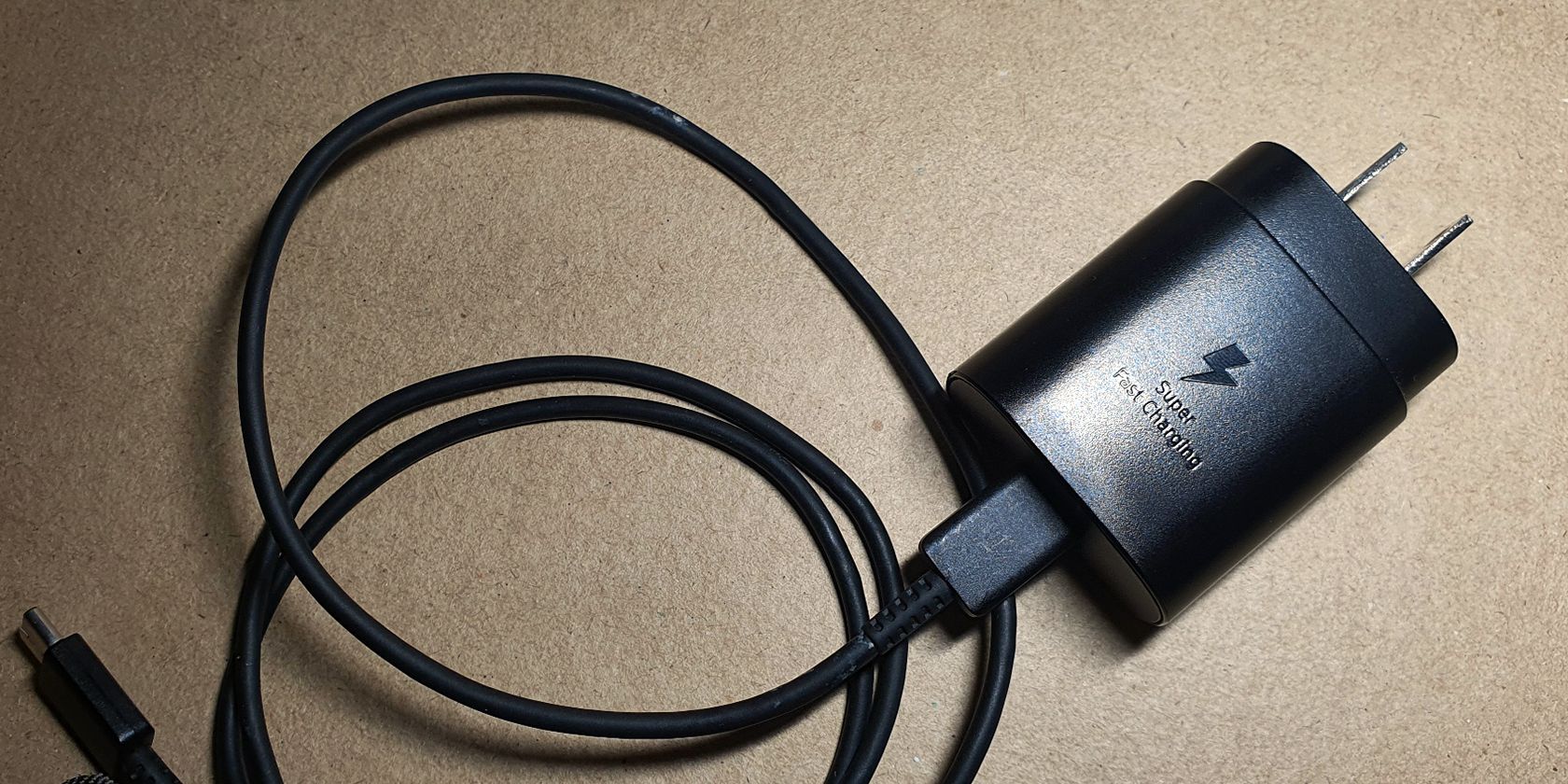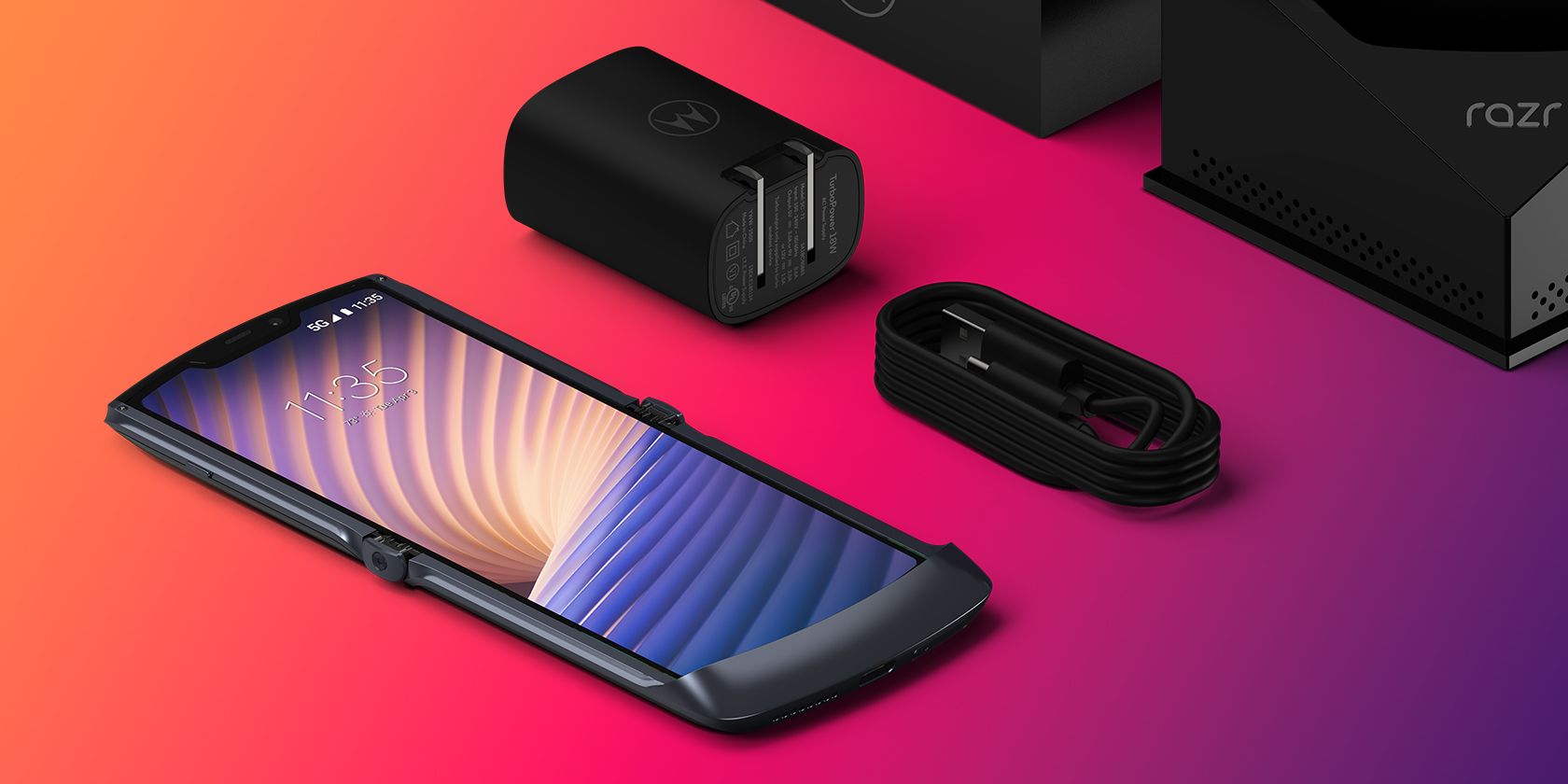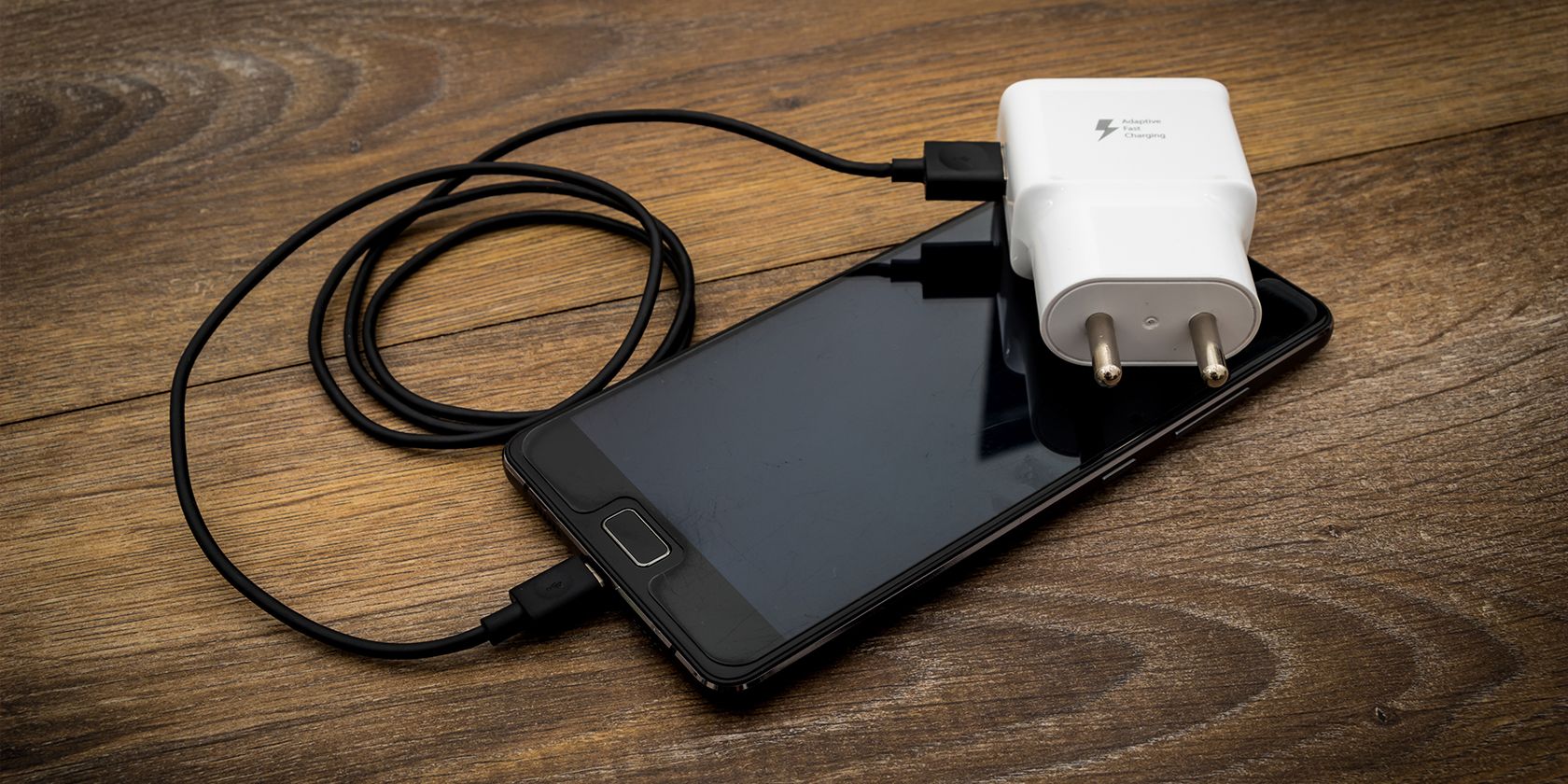Nearly every smartphone released in the past few years supports fast charging. However, since there is no standard definition of "fast-charging," there's a hodgepodge of standards on the market today.If you bought a device that doesn't come with a charger, you can't just visit any online store and buy the cheapest fast charger available—you have to ensure it's compatible with your smartphone for it to work properly.To help you receive the fastest charging speeds on your device, these are the current fast charging standards on the market, along with which brands support them.
Before Fast Charging
When Apple introduced the first smartphone, it only came with a 5V 1A charger, pushing out a measly 5 watts of power. As other brands came into the market, they typically had an output ranging from 2.5W to 6W.
While this wasn't a problem when smartphone hardware wasn't as powerful, subsequent technological advances made them more capable, thus requiring bigger batteries. And since no one wants a phone that doesn't last a day and needs at least three hours to recharge, companies had to develop faster-charging batteries.
Today, the latest iteration of Apple's iPhone (iPhone 13) now charges nearly five times faster than the first version. You can also find phones that can harness 120-watt adapters, allowing them to fully charge a large capacity battery in 20 minutes.
The Different Fast-Charging Standards in the Market
While most have come to agree that fast charging is anything that's over six watts of output power, there's still no global standard on power output specifications. That's why each smartphone maker is free to implement its own definition.
So, to help you find out what standard your phone is using, here are the most common standards available on the market today.
USB Power Delivery (Apple and Google)
Developed by the USB Implementer's Forum, USB Power Delivery (better known as USB PD) is a part of the specification for the USB. The group developed this standard as they realized that most of our modern technology relies on USB ports to receive power.
However, while the standard supports up to 240 watts of peak power, allowing higher-powered devices like laptops to utilize this technology, smartphones using USB PD don't have to reach that maximum value.
For example, the iPhone 13 and the Google Pixel 6 both use the USB PD standard. However, the iPhone only accepts up to 27 watts of power, while the Pixel ups this up a notch to 30 watts. While both phones supposedly reach 50% battery levels in just 30 minutes of charging, these power outputs are a far cry from the maximum 240-watt capacity of USB-PD.
Qualcomm Quick Charge (Nokia, OnePlus, Samsung, Sony, and More)
This charging standard is one of the most popular ones on the market. Since this comes with Qualcomm's Snapdragon SoCs, many phones are compatible with this fast-charging standard. These phones include the Snapdragon-powered Samsung Galaxy phones, including the Z Fold3 and S21 Ultra, Asus ROG phones, the OnePlus 9 series, Sony Xperia phones, Nokia smartphones, and more.
The company claims that their latest version, Qualcomm Quick Charge 5, can supply more than 100 watts of power, recharge devices up to 50% in just five minutes, and even do it by at least 10 degrees Celsius cooler.
Furthermore, Quick Charge 5 equipped chargers can also fast-charge previous generations of Qualcomm's tech and even work with USB PD devices.
Adaptive Fast Charging/Super Fast Charging (Samsung)
These two technologies are Samsung's propriety fast-charging standard. While their phones do fast charge using Qualcomm technologies, these homegrown designs do more than just fast charge. They can also detect when your phone's battery is full, thus extending its service life.
Samsung first introduced Adaptive Fast Charging with the Note5 and S6 smartphones, with a maximum power of 18 watts. It then released Super Fast Charging for the S20-line, increasing the limit to 25 watts. They even introduced Super Fast Charging 2.0, which outputs 45 watts of power from a small travel adapter.
TurboPower (Motorola)
This standard is built using Motorola's proprietary technology. Currently, there are two standards available—the 18-watt adapter designed mainly for smartphones and the 45-watt adapter, which can power smartphones, tablets, laptops, and any device that uses the USB-C standard for charging.
The lower output adapter conforms to the Qualcomm Quick Charge 3.0 standard, and the higher-rated one is compatible with Qualcomm Quick Charge 4+. That means if you have a Motorola device with this charger, you can also use it to power non-Motorola devices that support the said standards.
Dash Charge/Warp Charge (OnePlus)
Dash Charge was first introduced with the OnePlus 3 series, offering up to 20 watts output and charging devices from zero to 60 in a little over 30 minutes. But as their smartphones became more powerful, the need for bigger batteries and faster charging became apparent.
The release of the OnePlus 7T also led to the development of Warp Charge, which offered 30 watts of power. This output is bumped up to 65 watts with the OnePlus 8T. The latest OnePlus 9 Pro retains the same 65-watt charge capacity, but additional tech allows it to use the higher output for much longer.
So, while going from flat empty to 70% charge in the OnePlus 7T takes just 30 minutes, the OnePlus 9 Pro can fully recharge itself in even less time.
A Charging Ecosystem
One thing you should know, though, is that having a device equipped with any of the standards above doesn't mean that you'll charge at that speed. The charger should also have the same charging standard or at least be compatible so that you can make the most of the fast charging speed your phone can handle.
Furthermore, your USB cable should also be compatible. If you're using a cheap USB cable, it might only support standard charging. So, if you're wondering why your fast-charging smartphone isn't working correctly with your fast-charging adapter, chances are, you have an incompatible USB cable.
Mixing and Matching Fast Charging Standards
Although there are a lot of fast charging technologies on the market, most of them are cross-compatible and offer reasonably fast charging speeds despite having different standards. That's why you don't have to have the exact same charging standard on your adapter, USB cable, and device to fully charge your phone in an hour or so.
As long as your adapter and USB cable support a fast-charging standard, you could make fast-charging work, although not at the maximum charging speed. But if you're a traveler and must have the fastest charging speeds all the time, then you should get an adapter and cable that matches the technology your smartphone comes with.

